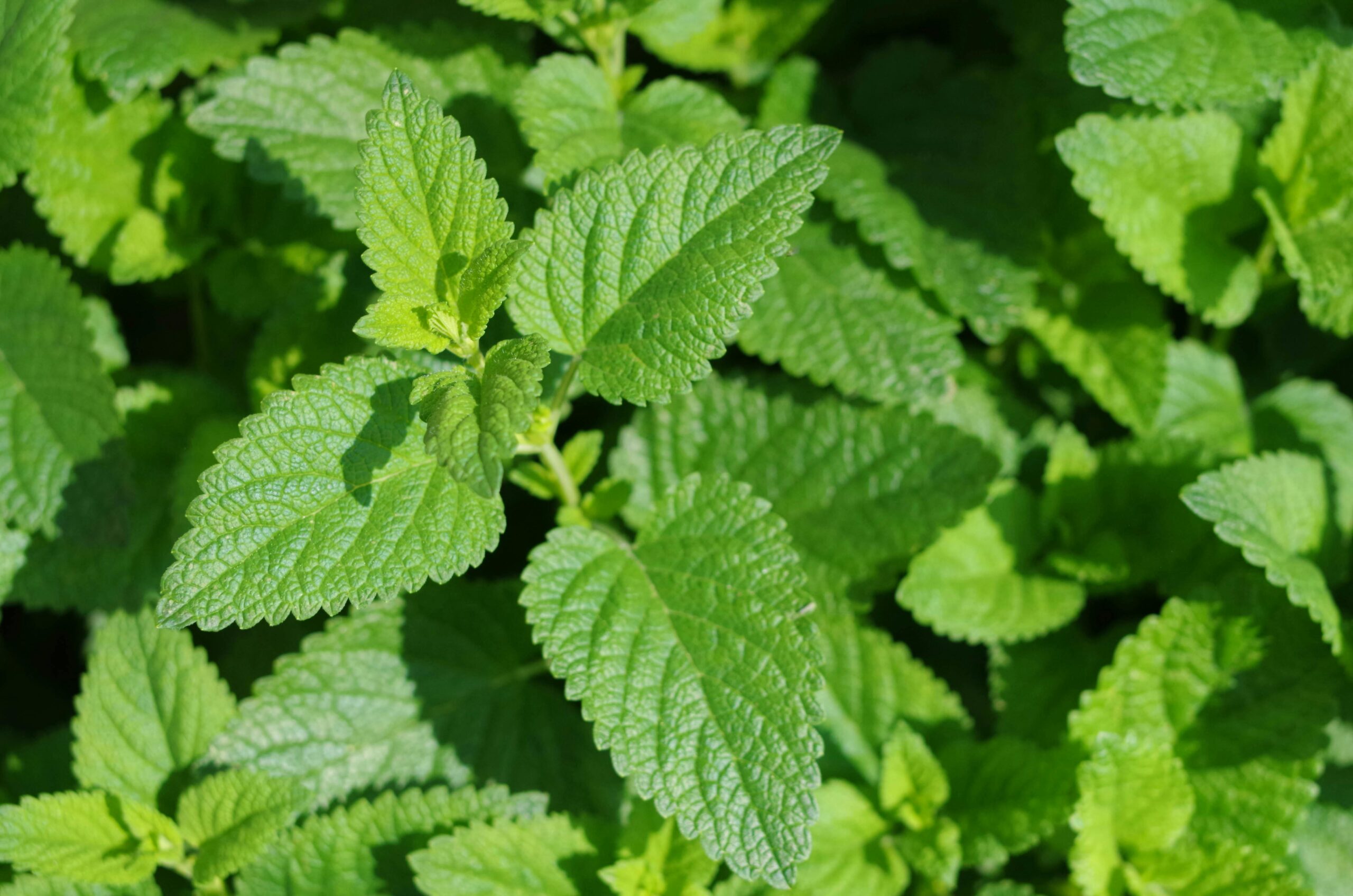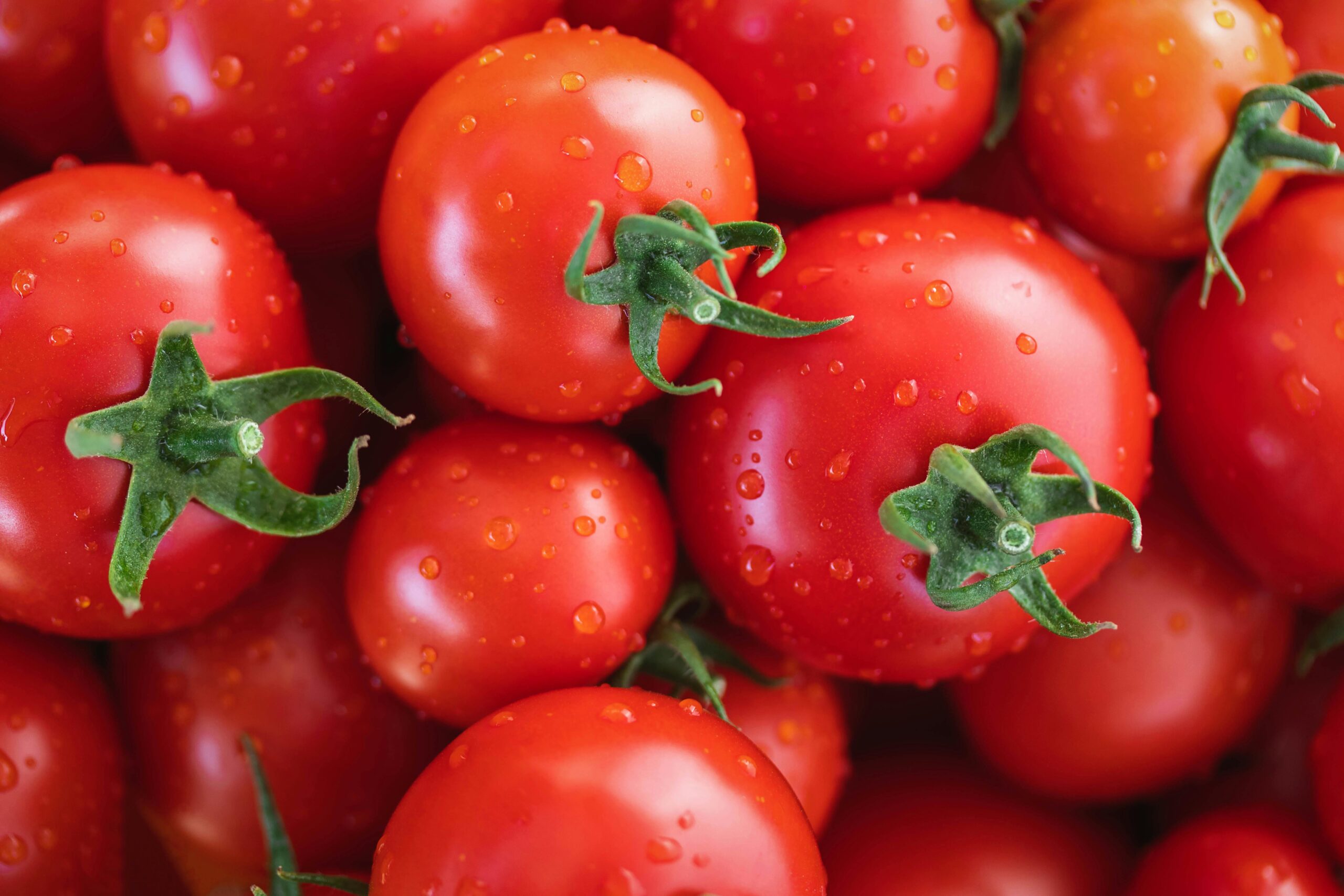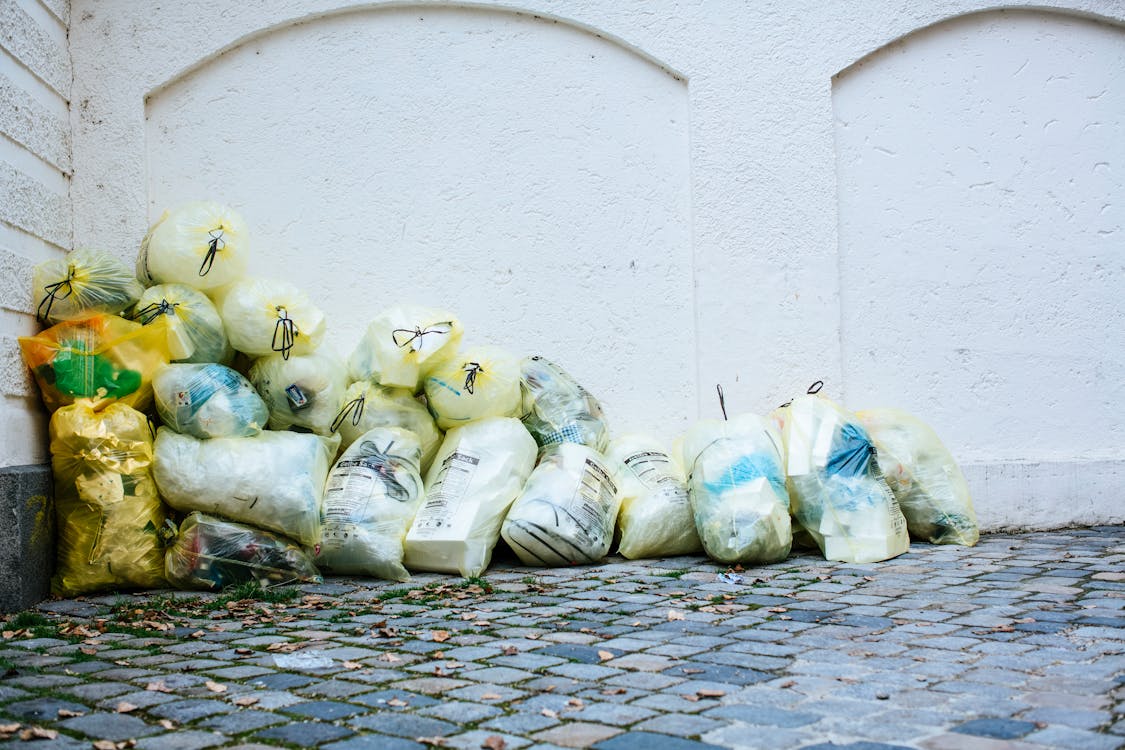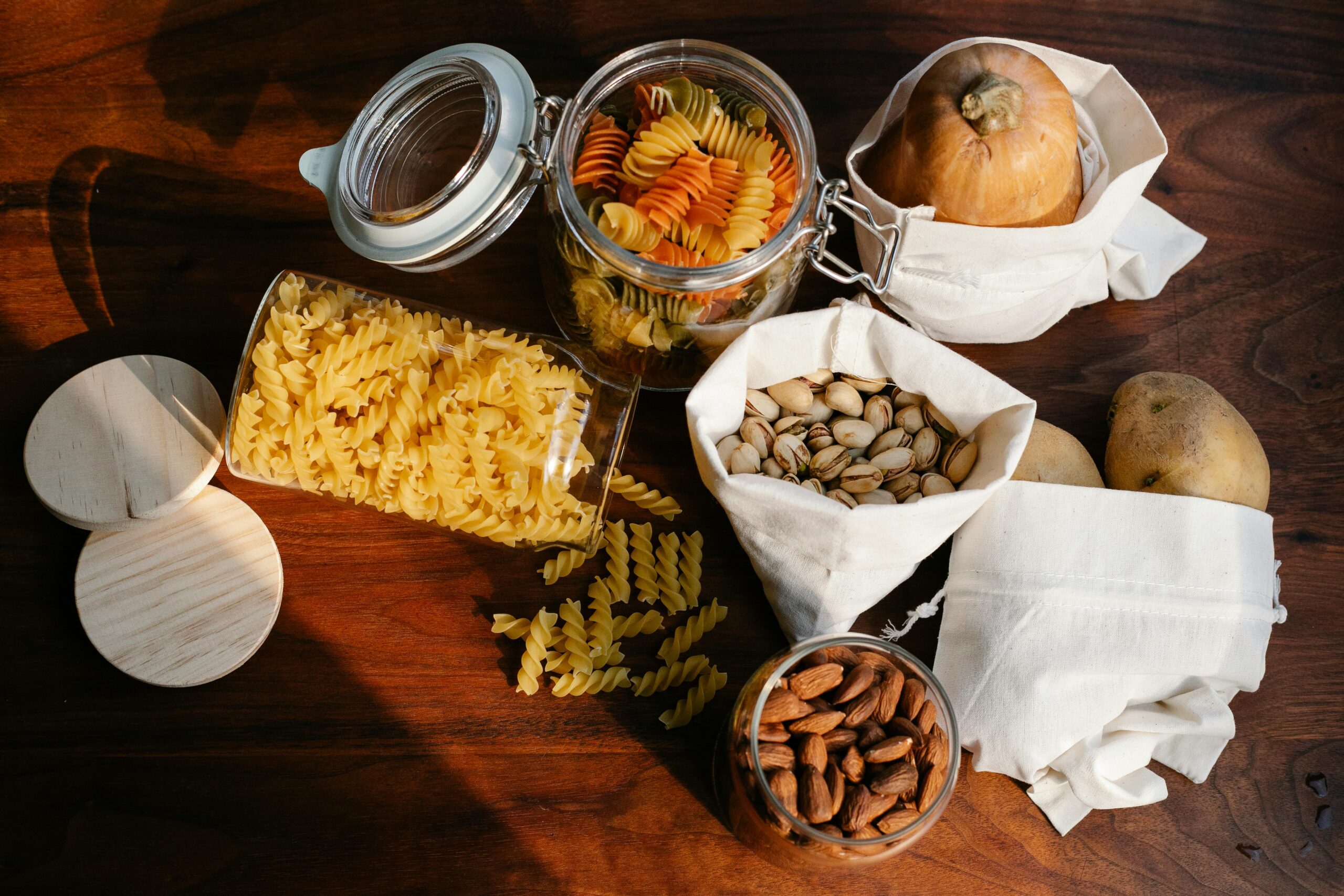Despite global food availability, nearly 10% of the world’s population remains hungry. According to the United Nations, approximately 820 million people suffer from hunger, and food insecurity continues to be a significant global issue.
One effective way to combat this problem is by growing your own herbs. This small action can contribute to SDG 2: Zero Hunger by promoting sustainable agriculture, reducing food waste, and enhancing food security.
Why Growing Your Own Herbs Makes a Difference
You don’t need a large backyard to start. Growing herbs in your kitchen or balcony is a practical solution that can have a lasting impact on food security. Here’s how:
- Reduce Food Waste: Herbs are often bought in bundles, and much of them go unused before they spoil. By growing your own herbs, you only harvest what you need, reducing food waste.
- Support Local and Sustainable Food Systems: Home gardening reduces reliance on industrial agriculture, which can have high environmental costs. Growing your own herbs supports sustainable food systems that require less transportation and packaging.
- Boost Food Security in Your Home: Growing herbs at home ensures access to fresh ingredients year-round, regardless of supply chain disruptions or food price hikes.
- Support SDG 2 – Zero Hunger: If more people grew small food items like herbs at home, it would help alleviate food insecurity on a local scale.
The Impact of Growing Your Own Herbs
- Reducing Food Insecurity: According to the Food and Agriculture Organization (FAO), small-scale agriculture and home gardening initiatives are key to improving food security and combating hunger, especially in urban areas where access to fresh food is limited. Growing herbs at home is a simple yet impactful way to become part of this solution. (Source: FAO – Hunger and Food Insecurity)
- Healthier Meals and Lower Costs: Growing your own herbs can save you money—especially if you frequently buy herbs that spoil quickly. According to a study by Penn State University, home gardens can lower household food costs by as much as $600 per year. Plus, herbs are nutrient-rich, providing vitamins and minerals that enhance your diet. (Source: Penn State – Gardening on a Budget)
- Environmental Impact: Growing herbs at home reduces the need for commercial herb farming, which often uses pesticides, chemical fertilizers, and excessive water. You control how your herbs are grown, and you reduce your environmental footprint. (Source: Grow your own Greens and Herbs)
How to Get Started with Growing Herbs
- Choose Your Herbs: Start with easy-to-grow herbs like basil, mint, parsley, or thyme. These herbs thrive in small spaces, like a windowsill or balcony, and don’t require much maintenance.
- Use Pots or Containers: If you don’t have a garden, use small pots or containers to grow your herbs. Almost any container with drainage can work. A simple pot with good soil is all you need to get started.
- Place Them in a Sunny Spot: Herbs need sunlight to thrive, so place them near a sunny window or outside on a balcony. Most herbs require about 6 hours of sunlight a day.
- Water and Care Regularly: Herbs are relatively low-maintenance, but they still need care. Water them regularly and make sure they’re getting the nutrients they need to grow healthy.
- Harvest as Needed: One of the biggest benefits of growing herbs is that you can harvest them as needed, meaning you only pick what you’ll use, ensuring you don’t waste food.
Bottom Line: Small Action, Big Impact
Growing your own herbs is a simple, low-cost action that directly supports SDG 2 (Zero Hunger). It reduces food waste, promotes sustainability, boosts your food security, and helps you provide fresh, nutritious ingredients right from your kitchen.
Call to Action:
You don’t need a large farm to make a difference. By simply growing your own herbs at home, you’re reducing waste, saving money, promoting sustainable food systems, and supporting global efforts to achieve zero hunger. Take that first step today and see the positive impact it can have on your health, your meals, and the planet!



